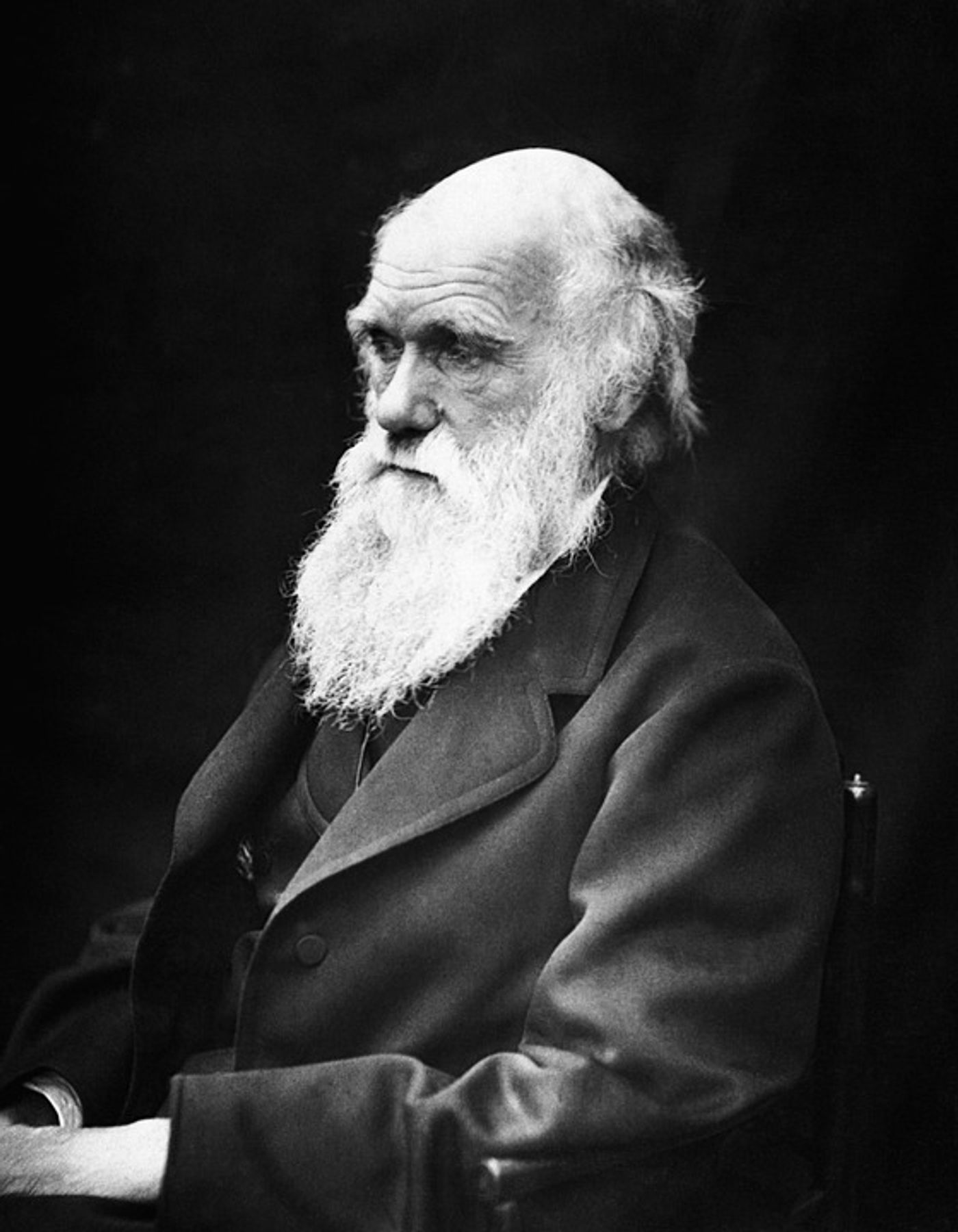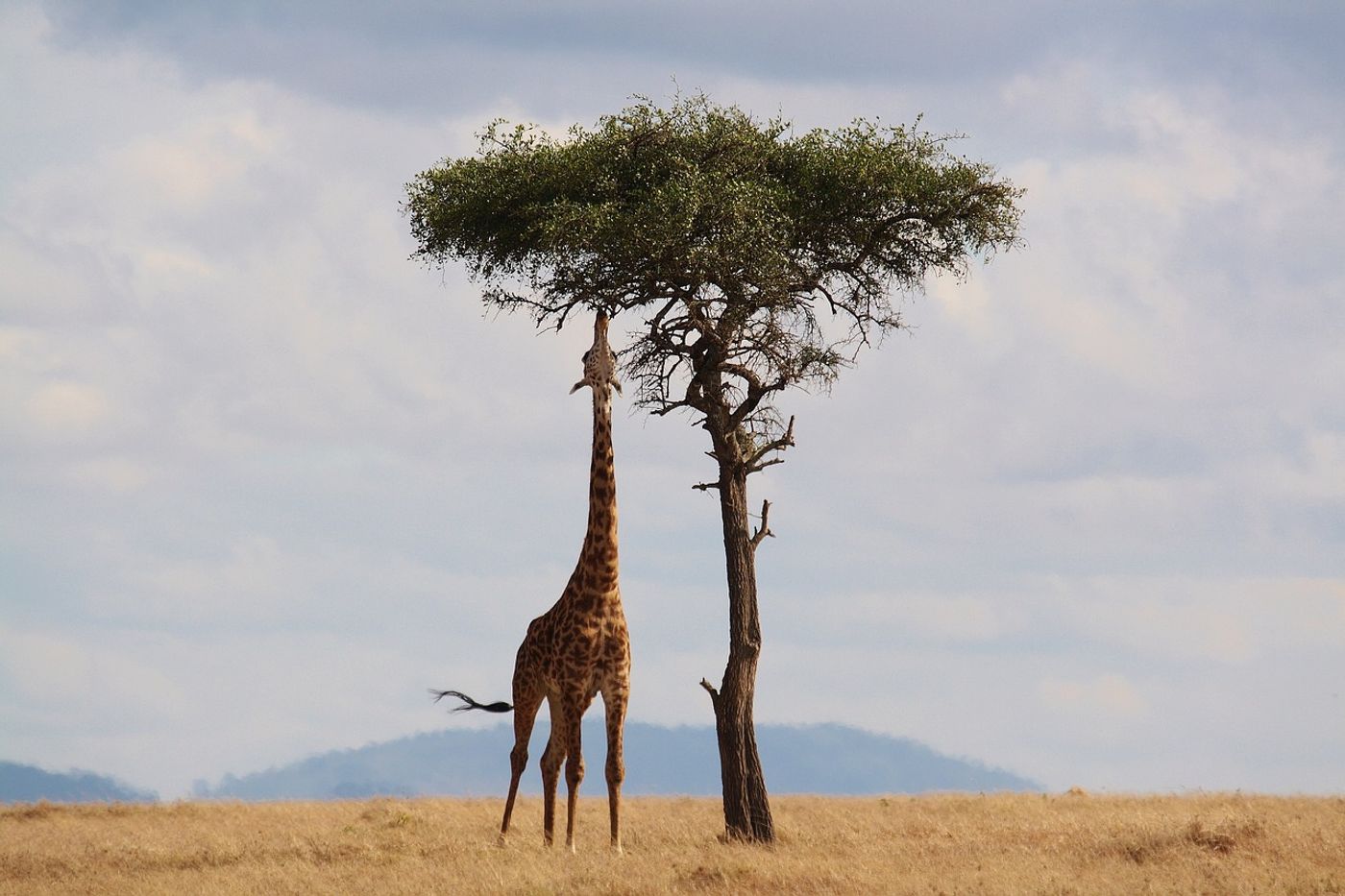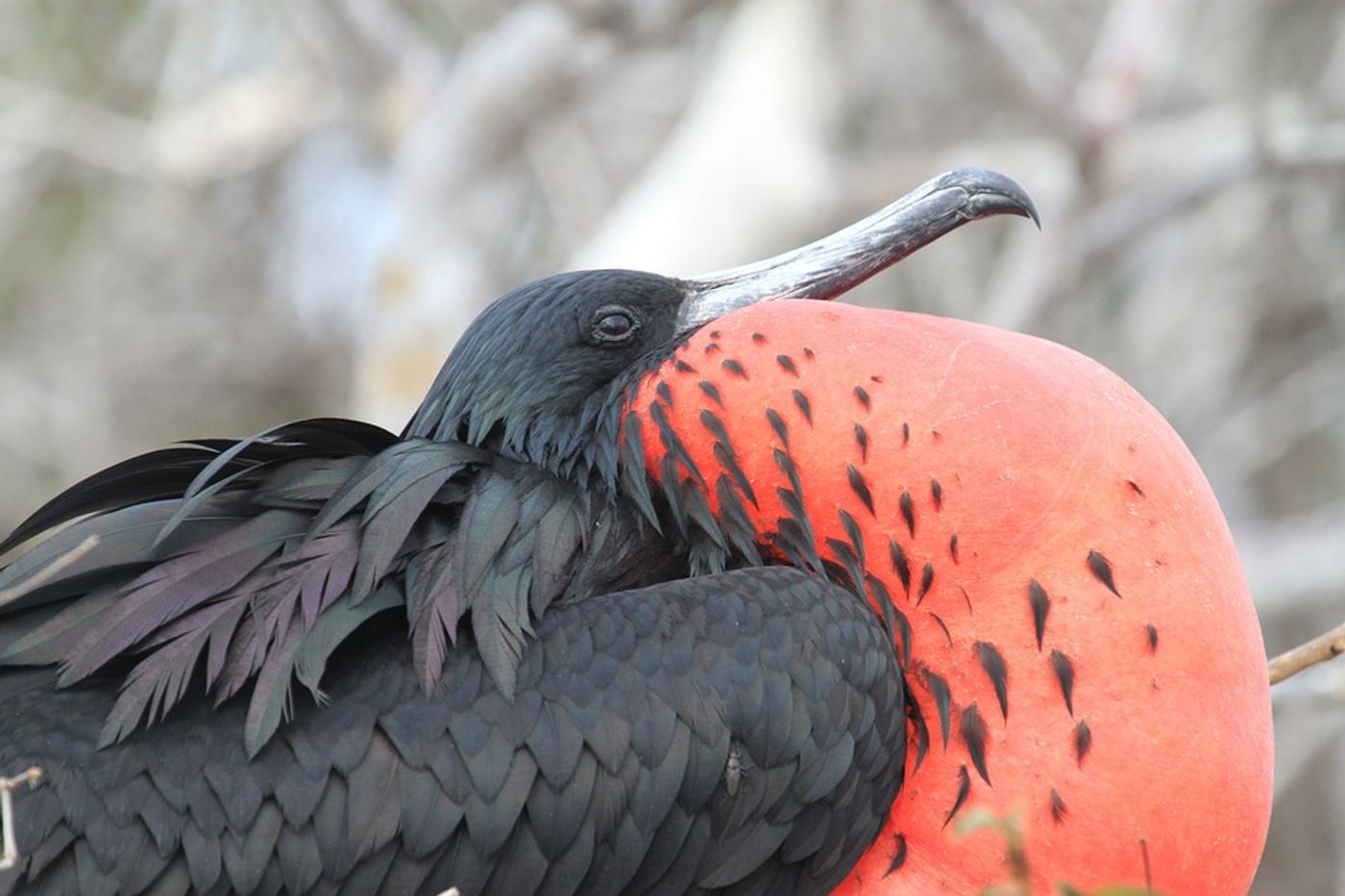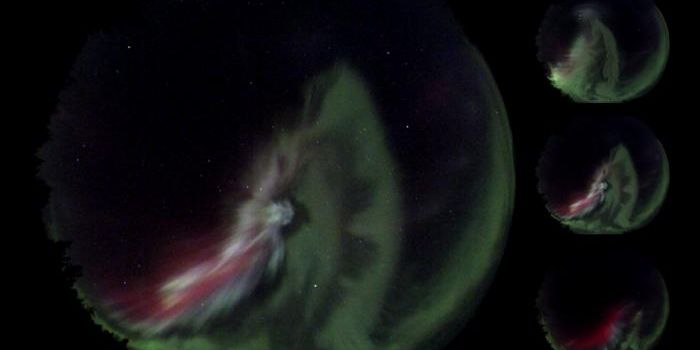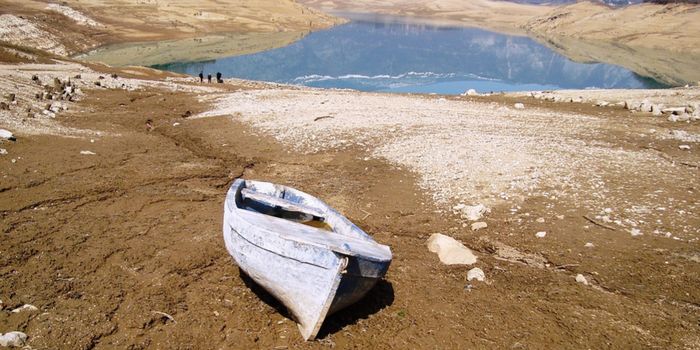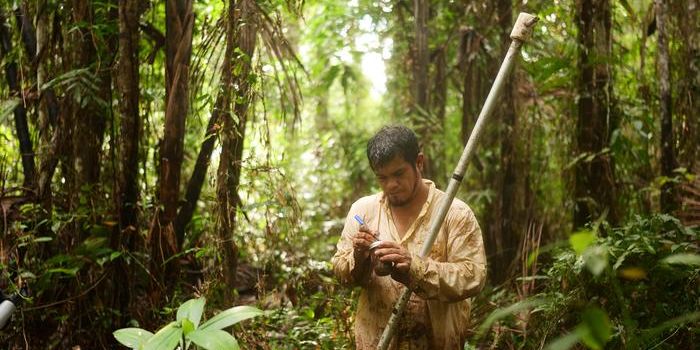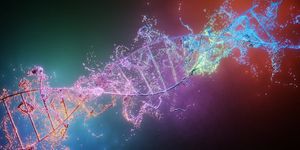The Origins of Darwin's Evolutionary Theories on His 214th Birthday
“There is grandeur in this view of life, with its several powers, having been originally breathed into a few forms or into one; and that, whilst this planet has gone cycling on according to the fixed law of gravity, from so simple a beginning endless forms most beautiful and most wonderful have been, and are being, evolved.” - Charles Darwin, The Origin of Species (1859)
Charles Darwin is, perhaps, one of the most famous scientists. Many colloquial phrases mention “Darwinism” and “survival of the fittest” (though, these are almost always incorrectly used). And today, February 12 (his 214th birthday), we celebrate his legacy on so-named Darwin Day.
Darwin was born in 1809 in Shrewsbury, England. It’s been widely speculated that Darwin was heavily influenced by his paternal grandfather, Erasmus Darwin, a physician and naturalist. Erasmus was known for many things during his life, but his legacy includes translating the works of Carl Linnaeus (The King of Taxonomy, many say) from Latin into English, which included coining many of the English names of plants. Erasmus also wrote a book titled Zoonomia; Or, the Laws of Organic Life in 1794 which today is regarded as one of the earliest ideas relating to the theory of evolution.
After leaving medical school (watching a surgery scared him out of the profession), Darwin set off on the HMS Beagle as a naturalist. He’d shown interest in naturalism throughout his life, and this seemed like too good an opportunity to pass up. In hindsight, scientists around the world are very happy he made this switch, as this journey changed the trajectory of scientific thinking.
Throughout his travel with the HMS Beagle, Darwin collected plants, animals, and fossils while taking significant notes. One of his particularly significant collections occurred in the Galápagos Islands, which he visited for five weeks. It is said that his experience in the Galápagos undermined his thinking of the biological world.
Before we get too far, though, we need to remember what Darwin’s thoughts about the natural world would have been. Previously, theories of evolution did not really exist. They existed in the sense that scholars were theorizing about where organisms came from, but there was no universal idea that was accepted and generally made sense. The prevailing theories of the time were by Jean-Baptiste Lamarck and Geoffroy Saint-Hilaire (among others). Lamarck thought that fluids in an organ inherited complexity in form and function which would subsequently pass to the next generation and that the environment gave rise to changes in animals (i.e., he is the guy that thought giraffe necks grew with each generation in order to reach food in taller trees).
Geoffroy Saint-Hilaire thought that evolution was not by common descent but by working out an existing potential in a given organism. For example, the environment causes a direct induction of change, something called saltational evolution. In other words, there is a huge change in form from one generation to the next, where birds arose from reptiles in a single generation (this is seen as direct opposition to Darwin’s theories).
Ideas about where organisms came from were not widely accepted and, in fact, were heavily and publicly opposed. For example, Georges Cuvier (aka, The Father of Paleontology) believed there was no evidence for evolution. Instead, he thought there was evidence for cyclical creations and destructions of lifeforms by global extinction events (relatedly, he was also a proponent of catastrophism).
But, back to Darwin. On his exploration of the Galápagos, he wrote, “the natural history of these islands is eminently curious and well deserves attention. Most of the organic productions are aboriginal creations, found nowhere else.” He later discovered that the creatures he saw showed relationships to those in the Americas. This led him to posit that the creatures must have started in the Americas, accidentally made it to the Galápagos, and then diverged into new animals.
One particularly convincing piece of evidence for Darwin was the fact that the new organisms seemed to be well-adapted to their environments. And, because they were well-adapted, they were more likely to survive and reproduce. As such, Darwin began developing his theory of evolution by natural selection. He posited that the environment might naturally manipulate species, causing them to change over time.
Eventually, Darwin used the artificial selection of captive pigeons to study how a species could change—he crossed birds with particular characteristics to manipulate them. Of course, he discovered that subsequent generations would showcase these characteristics.
He now had the research to back his ideas. Though he knew he would be met with opposition (see: Georges Cuvier’s followers), he published On the Origin of Species in 1859. Another scientist, Alfred Russel Wallace, was working on similar ideas, and the two communicated and gave lectures together. Although he is not as famous as Darwin, Wallace’s work was integral to the formation of the theory of evolution.
Darwin’s legacy is immense. His theory of evolution by natural selection (defined as organisms that are more adapted to their environment and are more likely to survive and pass on the genes that aided their success) forever changed how we see the natural world. To date, no other theory has been able to better explain how organisms evolve (for lack of a better word).
In his correspondences (the final of which was just published!), Darwin wrote to John Murray, a British science writer and geologist, “I cannot name a single youngish worker who is not as deeply convinced of the truth of Evolution as I am.” Darwin was confident in his lifetime that the theory of evolution was established in science, and while he was still parsing out the details, he likely knew its impact on the field.
Sources: Labroots, Zoonomia; Or, the Laws of Organic Life, Vol. I, Biosystems, PLoS Biology, Smithsonian Magazine, Natural History Museum of London (Darwin), The Royal Society, Natural History Museum of London (Wallace)
